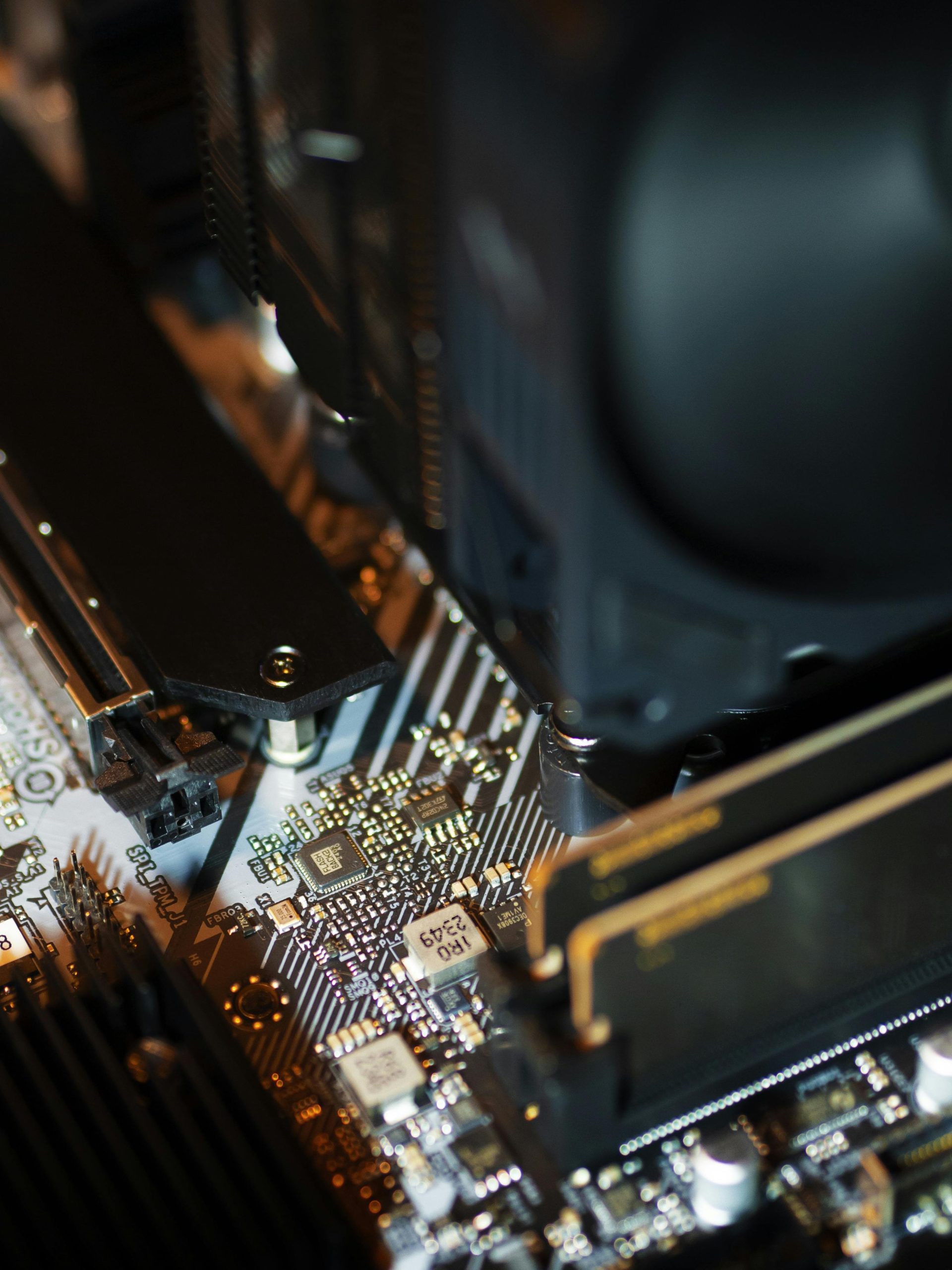Understanding Random System Crashes: Diagnosing WHEA_UNCORRECTABLE_ERROR on Windows 11
Experiencing unexplained system crashes can be both frustrating and disruptive, especially when they occur unpredictably across various scenarios. If you’re encountering frequent Blue Screen of Death (BSOD) errors such as WHEA_UNCORRECTABLE_ERROR, it may indicate underlying hardware issues, potentially involving the CPU. This article explores the possible causes, troubleshooting steps, and insights into resolving such errors on a custom-built Windows 11 PC.
Overview of the Issue
Many users report encountering random system crashes, characterized by sudden black screens or BSODs, sometimes during idle, gaming, or even when the system is under minimal load. Notably, these crashes often display the WHEA_UNCORRECTABLE_ERROR message, which is associated with hardware issues, particularly related to the processor or memory subsystem. Some users have also observed additional error codes, such as 0x124, and references to processor drivers like GenuineIntel.sys in crash dumps.
Key Challenges
- Unpredictable Reproduction: The crashes cannot be reliably triggered or replicated. They happen spontaneously, complicating diagnosis.
- Varied Error Messages: Different crash codes and error formats can make it harder to pinpoint the exact problem.
- Limited Technical Expertise: Analyzing minidump files and debugging crash logs require specialized knowledge, which not all users possess.
Step-by-Step Troubleshooting Approach
- Ensure System Stability with Hardware Checks
- Run Stress Tests: Use tools like Prime95 or IntelProcessor Diagnostic Tool to stress the CPU and check for stability or errors.
- Monitor Temperatures: Utilize HWMonitor or HWInfo to verify that CPU, GPU, and system temperatures remain within safe ranges under load.
- Test RAM Integrity: Use MemTest86 to identify potential memory errors that could contribute to system instability.
-
Inspect Physical Components: Ensure CPU cooling is adequate, and no physical damage or dust buildup exists in your cooling solution.
-
Update and Verify Drivers
- Keep all drivers current, especially chipset, CPU, and graphics drivers.
-
Check for BIOS/UEFI updates from your motherboard manufacturer, as these can improve hardware compatibility and stability.
-
Review Windows and System Files
- Run
sfc /scannowandDISM /Online /Cleanup-Image /RestoreHealthcommands to repair potential system file inconsistencies.
Share this content:

